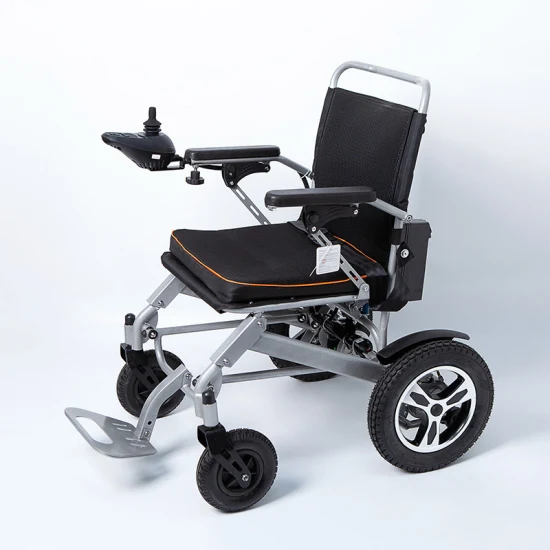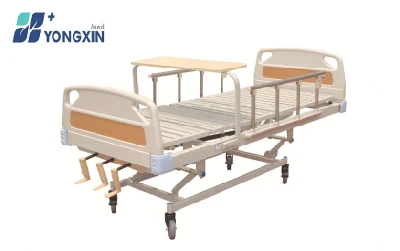The right mobile apps can help boost your patients’ mental health
The U.S. surgeon general has warned about the baleful health effects of social media on youth, often consumed with an endless scroll on smartphone apps. Now these very same devices may carry part of the treatment for mental health and other conditions, through digital therapeutics.
The AMA leads the charge to expand advocacy, research and resources that keep physician and patient needs at the forefront of telehealth delivery.
Limited time: You may be eligible for half-price dues. Learn more!
What exactly are digital therapeutics? They are not the wellness apps physicians and patients may first think of, which don’t make medical claims.
Digital therapeutics deliver interventions directly to patients using evidence-based, clinically evaluated software to help treat, manage and prevent a broad spectrum of behavioral, mental and physical diseases and disorders, explained Lani Hessen during a recent AMA webinar.
“These products can be used independently. They can be used in tandem with other interventions that are part of the patient’s care plan. They can be used in person or remotely,” said Hessen, the vice president of patient access for the Digital Therapeutics Alliance. “This provides a really wonderful opportunity to increase access to patients who may not have regular access to in-person care.”
To be considered a digital therapeutic, a product must:
In addition to outlining what this technology is and is not, the speakers convened by the AMA detailed the value and impact digital therapeutics can have on physician practices and presented two case studies of how physicians are using it to help patients treat and manage their mental health.
The webinar expanded on the AMA and Manatt Health report on digitally enabled behavioral health integration.
Pittsburgh-area pediatrician Dawn-Marie Gotkiewicz, MD, has used SparkRx with her patients for about a year. The evidence-based digital therapeutic is a five-week, self-guided course that can be accessed with a smartphone. It’s designed for 13- to 22-year-olds with depression symptoms and includes psychoeducation, mood tracking, mindfulness and more.
Dr. Gotkiewicz said it is a great tool particularly for kids who may be reluctant to go to therapy, those whose parents are hesitant to send them to counseling or those who may have to wait weeks—or even months—to get in to see someone. It’s also a great tool to help kids who may not screen positive for depression, but who do show concerning symptoms. It can help them before they are in a crisis mode and can prevent them from progressing to that level. Even if they don’t go through the full five-week curriculum, she said she believes kids still gain tools that can help.
“I went into it cautiously, looked a lot into it, used it, gave it a chance, used it myself,” Dr. Gotkiewicz said. “It’s been a huge help for my patients.”
Robert Cuyler, PhD, chief clinical officer for Freespira Inc., discussed the data behind how his company’s digital therapeutic helps teach those experiencing panic or post-traumatic stress disorder to normalize their breathing and alleviate symptoms. The Food and Drug Administration-cleared, 28-day treatment is used twice daily to normalize breathing.
Among other things, a sensor measures a patient’s respiration rate and carbon-dioxide levels in real time and software graphically displays physiological parameters and guides patients to regulate carbon dioxide levels and respiration. Cuyler said the data shows 80% of users see significant reductions in their breathing problems.
Digital therapeutics are not aiming to replace physicians and other clinicians. Instead, they are meant to augment care, the experts said during the webinar. These tools can free up wait lists so that other patients can get care and they can help physicians have extra time to spend with their patients.
In addition, evidence-based, clinically evaluated technologies have the ability to:
Learn how the AMA provides tools and practical solutions to support behavioral health integration in physician practices.
AMA Recovery Plan for America's Physicians
Featured updates: COVID-19 resource center
Subscribe to the AMA Update podcast
Subscribe to the AMA’s Advocacy Update newsletter
Explore CME options on the AMA Ed Hub™
AMA Morning Rounds®: Your daily dose of health care news
Comprehensive telehealth reform is critical to the future of health care. The AMA is fighting for legislation to permanently remove restrictions on telehealth coverage and payment.
Discover best practices and resources to implement and optimize digital health solutions.
half-price duesYou may also like
![Factory Price Hot Sale Portable Lightweight Motor Wheel Chair Folding Power Electric Wheelchair]()
Factory Price Hot Sale Portable Lightweight Motor Wheel Chair Folding Power Electric Wheelchair
Folding electric wheelchair YSE130 (The following specifications and parts can be customized) Specification : Charge time: 6-8HDriving Range:15 KMMax Speed:6KM/hClimbing
![Yxz]()
Yxz
Overview YXZ-C-011 Three Crank Height Adjustable Hospital BedProduct Description Description1. Electrostatic spraying, anti-aging and anti-rust2. Detachable ABS head&foot board (good appearance, wear
![20FT Flat Pack Container House Hospital]()
20FT Flat Pack Container House Hospital
Quick installation Prefabricated modular hospital build by container house&prefab house Product Description Our Weifang Henglida Steel Structure Co., Ltd.( Lida Group) as the leading factory of prefab
![Medical Nursing Product Wholesale ICU Suction Toothbrush Oral Care]()
Medical Nursing Product Wholesale ICU Suction Toothbrush Oral Care
MCREAT China Wholesale ICU Suction Toothbrush Oral Care Suction Toothbrush is mainly designed for sputum suctioning and oral hygiene aid to the patients who are bed-ridden, in coma, abrosia, or





